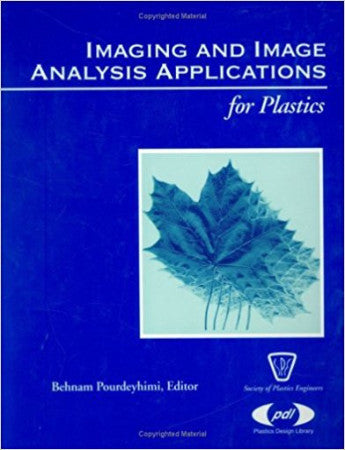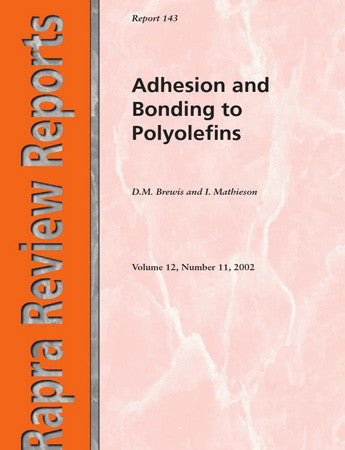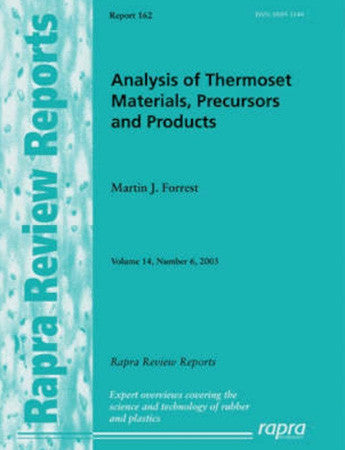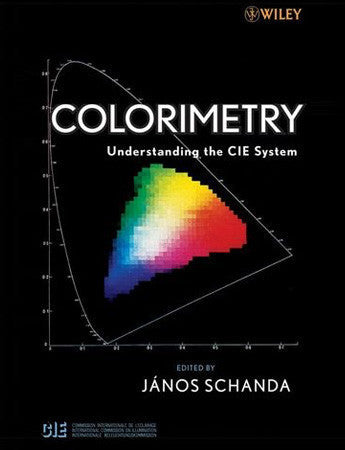Considering that every product must appeal to a customer and perform under conditions of its use, these studies are the most important for optimizing numerous conflicting properties. For example in one research, product performance is combined with high output rate and requirement of low weight. The potential applications of image analysis allow following these interrelations to optimize a product which is why research and production are eager to apply this emerging technology. The number of research reports on this subject is systematically growing. The methods of observation, such as various forms of microscopy, tracers, and lasers, are simple and in most cases available in most facilities.
The book contains references to various applications already in use, methods of image capture, data processing, hardware and software required. The examples of processes discussed include: extrusion, extruding reactors, injection molding, impregnation, foam production, film manufacture, compression molding, vulcanization, melt spinning, reactive blending, welding, blow molding, conveying, composite manufacture, compounding, and thermosetting. The examples of studies and improvements include: increased homogeneity of dye, pigment and filler mixing, improved fiber orientation, increased tooth stiffness in composite gears, the rate of spherulites growth, optimization of screw configuration, increased miscibility in polymer blends, study of polymer crystallization rate, melt flow analysis, void content, particle size in polymer blends, pore size and shape in foams, cell density in foams, modifier dispersion, improvement of bidirectional properties, effect of low molecular additives on morphology, interparticle distance, effect of mixing conditions and geometry on morphology, crack formation during fatigue testing, mechanism of crazing, chemical resistance, oil penetration, kinetic measurement of fiber diameter, stress profile, quantified flow visualization, effect of compatibilization, domain distribution, correlation of morphology with mechanical performance, analysis of melt fracture aids, surface roughness, droplet/fiber transition, barrier properties, effect of orientation on electric conductivity, peel adhesion, fiber length after processing, fractal dimension, nucleation, thermography, thermal imaging, failure analysis, agglomerate dispersion, and impurity monitoring. The large variety of processing methods, possible studies and improvements show that this book is of interest to the entire cross-section of plastic manufacturing industry. It offers data which not only allow to better understand materials and processing methods but the book helps in process optimization and development of processes having higher throughput and superior performance.
This book is about the design and processing of various materials rather than algorithms and design of image analysis equipment. But by showing actual research and data in a form familiar to any technologist in the plastics industry, it demonstrates benefits and capabilities of the methods.
• The Optimized Performance of Linear Vibration Welded Nylon 6 and Nylon 66 Butt Joints
• Image Analysis of Polypropylene Melt Fiber Stretching
• The Effect of Fiber Orientation on Distribution on the Tooth Stiffness of a Polymer Composite Gear
• Novel Processing and Performance of Aligned Discontinuous Fiber Polymer Composites
• Characterization of Kneading Block Performance on Co-Rotating Twin Screw Extruders
• A Quantitative Description of the Effects of Molecular Weight and Atactic Level on the Spherulite Growth Rate of Ziegler-Natta Isotactic Polypropylene
• Miscibility and Co-Continuous Morphology of Polypropylene-Polyethylene Blends
• Flow Visualization for Extensional Viscosity Assessment
• PP/LLDPE/EDPM Blends: Effect of Elastomer Viscosity on Impact
• Mixing of a Low Molecular Weight Additive in a Co-Rotating TSE: Morphological Analysis of a HDPE/PDMS Systems
• The in situ Compatibilization of HDPE/PET Blends
• Evaluation of Process Aids for Controlling Surface Roughness of Extruded LLDPE
• Evaluation of Scratch and Mar Resistance in Automotive Coatings: Nanoscratching by Atomic Force Microscope
• Study of the Morphology and Tensile Mechanical Properties of Biaxially Oriented PET/PP Blends
• Improved Barrier and Mechanical Properties of Laminar Polymer Blends
• Relative Magnetic Permeability of Injection Molded Composites as Affected by the Flow Induced Orientation of Ferromagnetic Particles
• Processing-Structure-Property Relations in PS/PE Blends: Compression versus Injection Molding
• Polyetherimide Epoxy-Based Prepreg Systems with Variable Temperature Cure Capability
• CO 2 Blown PETG Foams
• Tear Strength Enhancement Mechanisms in TPO Films
• Morphological Study of Fatigue Induced Damage in Semicrystalline Polymers
• The Effect of Several Kinds of Oils on the Oil Resistance Behavior of Polystyrenic Thermoplastic Vulcanizate
• Visualization of Polymer Melt Convergent Flows in Extrusion
• Evaluation of the Constrained Blister Test for Measurement of an Intrinsic Adhesion
• Fractal Analysis and Radiographic Inspection of Microwave Welded HDPE Bars
• Application of Thermography for the Optimization of the Blow Molding Process
• The Use of Video and the Development of Solids Conveying Theory
• Microcellular PET Foams Produced by the Solid State Process
• Thermal Wave Imaging of Propagating Cracks in Polypropylene and a Thermoplastic Olefin
• The Division of Agglomerates in Molten Environment of Polymers: A Physical Model for Mathematical Description
• A New On-Line Technique for Morphology Analysis and Residence Time Measurement in a Twin-Screw Extruder
• Controlled Order Thermosets for Electronic Packaging
• Fatigue Fracture in Polypropylene with Different Spherulitic Sizes
• Brittle-Ductile Transition of PP/Rubber/Filler Hybrids
• Index




